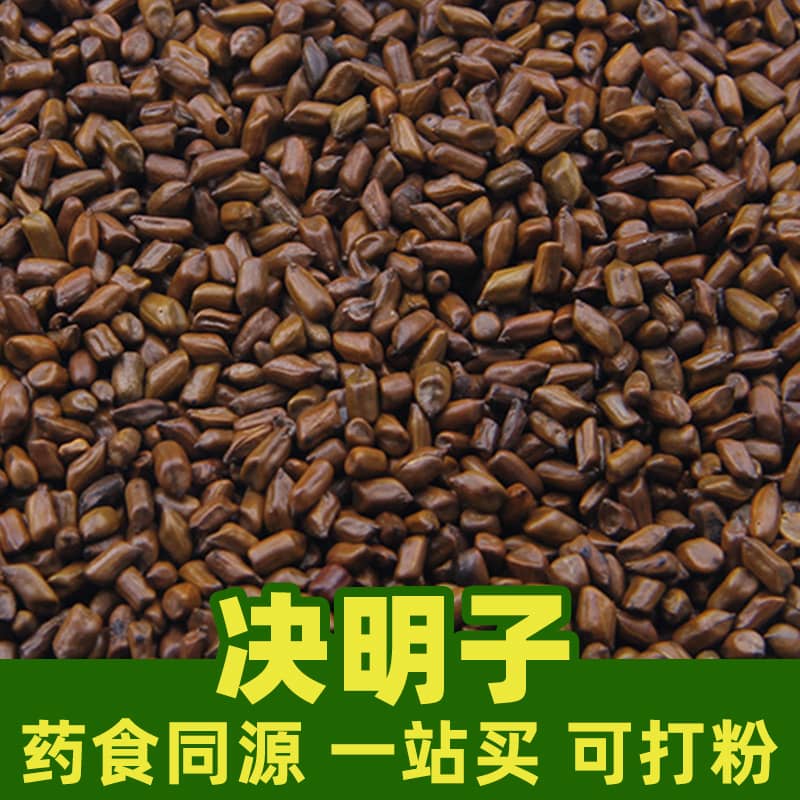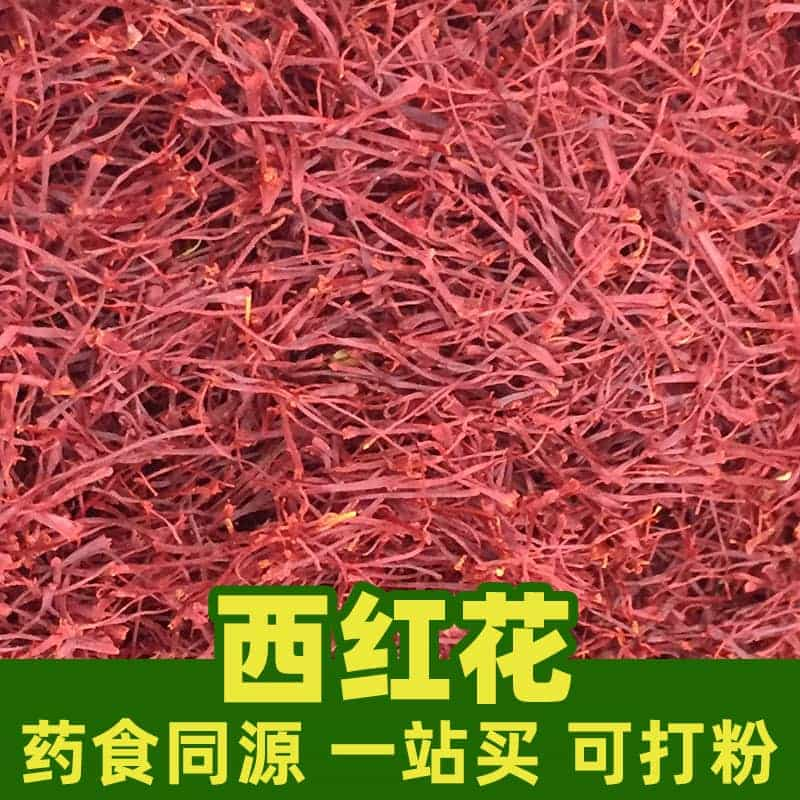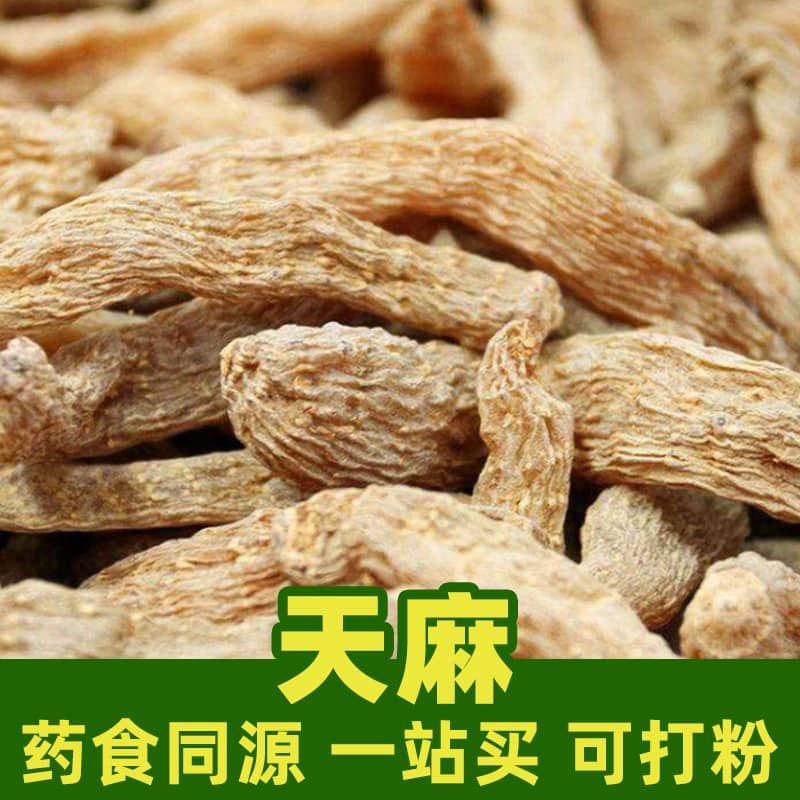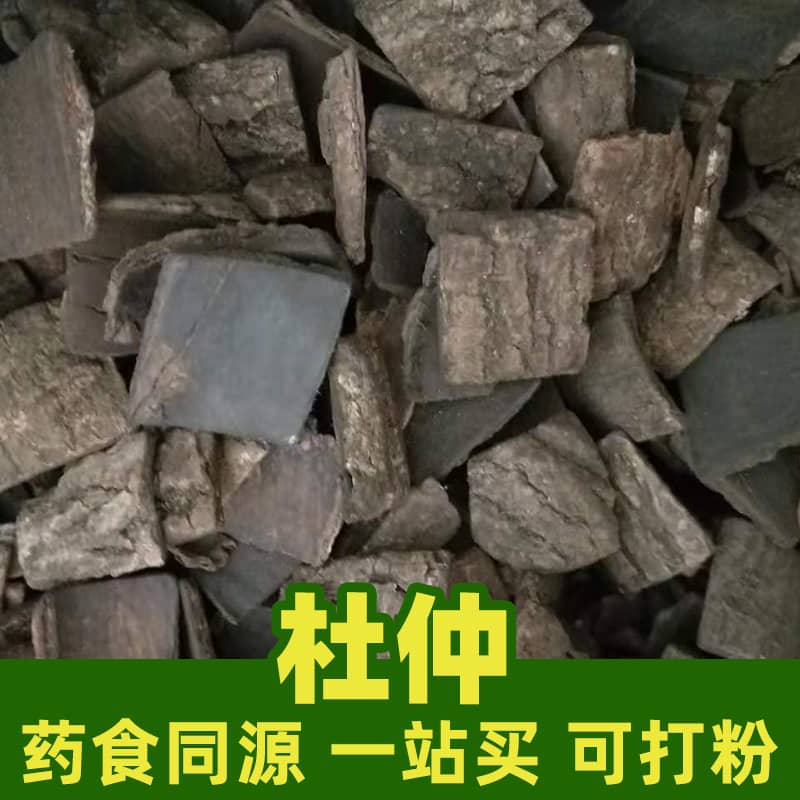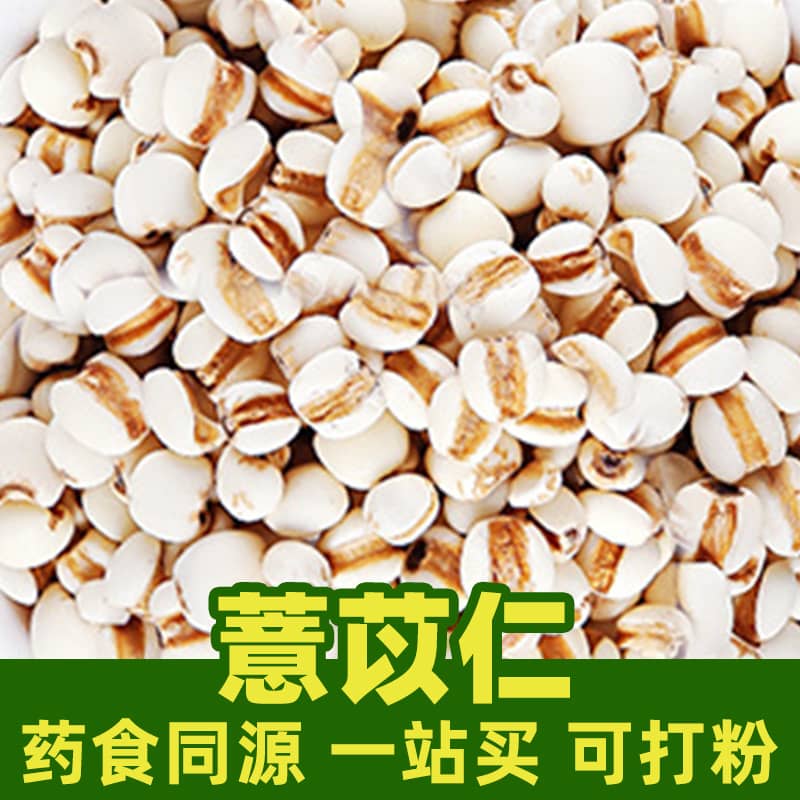Product Description
Flaxseed is the seed of the flax plant, typically flat, round, or oval in shape. The seeds have a smooth surface and range in color from brownish to yellowish-brown, with a golden-yellow interior. Flax is mainly found in North America, Europe, and Asia, with flaxseed having extensive applications in food, pharmaceuticals, and health products.
Key Active Components
Flaxseed is rich in dietary fiber, linolenic acid, lignans, flax protein, vitamins, and minerals. Linolenic acid, a polyunsaturated fatty acid, makes up about 40% of its content and is highly regarded for cardiovascular health. Flaxseed also contains lignans, which provide antioxidant benefits, and dietary fiber, which supports digestion and gut health.
Product Applications, Usage, and Dosage
Flaxseed has a wide range of uses in food, medicine, and health products. Common applications include:
- Lowering Blood Lipids: Flaxseed’s high linolenic acid content helps reduce cholesterol and blood lipids. It can be added to foods like salads, oatmeal, and bread; daily intake of a moderate amount is recommended.
- Weight Management: Rich in dietary fiber, flaxseed can increase satiety and support bowel regularity, aiding in weight control. A moderate daily intake can be combined with other nutritious ingredients.
- Cardiovascular Health: Flaxseed’s linolenic acid and lignan content benefit the heart and blood vessels by supporting healthy blood pressure and reducing clot formation. Including a moderate daily amount in the diet can provide these health benefits.
Dosage may vary based on individual needs and health conditions. Consulting a healthcare professional is recommended for personalized usage guidance.
Source Plant, Distribution, and Growth Environment
Flaxseed is derived from the flax plant (*Linum usitatissimum*), which belongs to the Linaceae family. Flax is mainly distributed across North America, Europe, and Asia, and thrives in warm, humid climates, showing strong adaptability. Besides its nutritional use, flax fibers are also widely used in the textile and paper industries.
Harvesting, Processing, and Storage
Flaxseed is harvested when the flax plant matures, and the seeds are then cleaned, dried, and packaged to maintain their quality and nutritional content. To preserve flaxseed’s freshness and quality, it should be stored in a cool, dry place, away from direct sunlight and moisture. Keeping it in a sealed container prevents exposure to moisture and oxygen.
Monica Sun is a seasoned expert in the natural raw materials industry, with over a decade of experience specializing in traditional Chinese medicinal herbs, spices, and fungi. She is skilled in the sourcing, processing, and application of these materials, emphasizing sustainability and innovation. Monica Sun has contributed to the development of high-quality natural raw materials that serve as essential components in functional foods, pharmaceuticals, and cosmetics, delivering tailored solutions to meet diverse market needs.









